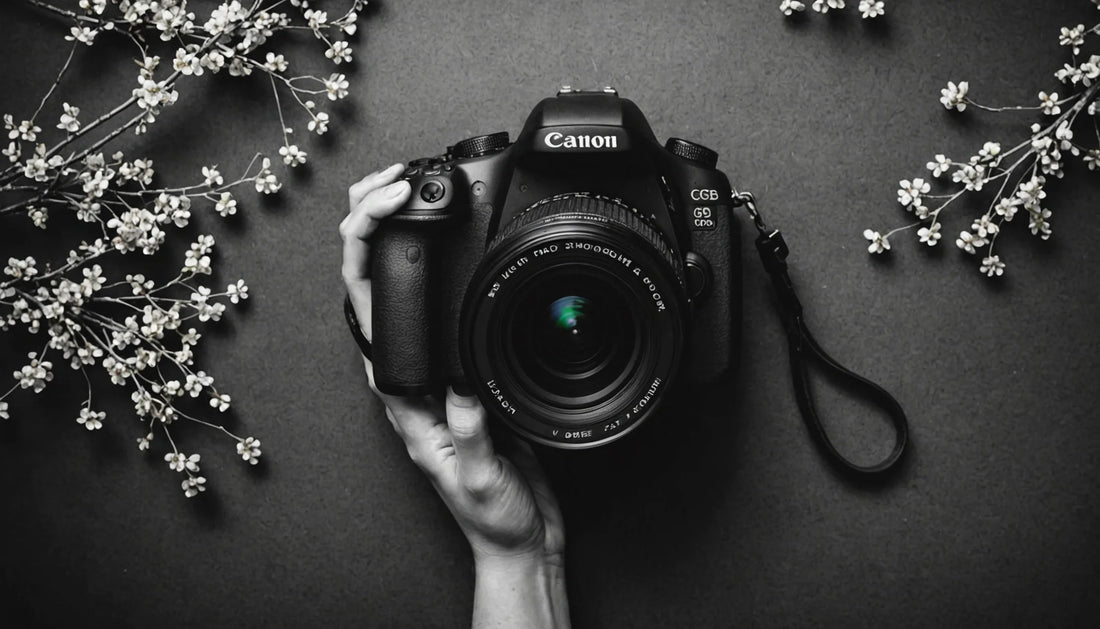An artist has the privilege of communicating to you visually. Sometimes he wants to share his believes in a few words.
The new ‘Visual Grammar’, developed by the European Avant-gard of the 20s, particularly by the Russian Avant-gard, – namely by Vasiliy Kandinsky, as well as the Classical heritage from Ancient Greece to the Renaissance – is a stepping stone for my own research in art.
What I do, is build composition on that stepping stone on the foundation of Visual Grammar, shaped by classical and modern schools, and than fill it in with content that is more emotional than intellectual, at this stage compelling rational tools to yield to intuition. It is like a rigid skeleton surrounded with a soft living tissue.
I do believe that the spiritual – ideal – objective model forms our real Reality.
So-called ‘realism’ is an ill defined term commonly attributed to art focused on depicting visible surfaces of material objects. This is an indication and a result of an incomplete, even defective, mental horizon, a primitive materialistic view on reality reduced to a small fraction of the physical world — that only fraction, which can be seen or touched.
I must note here, that many great pieces of art labeled with this word, do not fall into this ill-defined category.
A pure abstract art, which is closer to me because it deals with a more important part of Reality than the matter, specifically with the ideas and pure forms, seams to be deficient too. I believe that the total elimination of material objects as a class from paintings not only impoverishes the artist’s ‘toolbox’, but is the consequence and indication of a one-sided approach to (the) Reality — this time, a purely idealistic one, almost coincident with Plato’s concept, who saw the changing physical world as a poor, decaying copy of a perfect one.
Yes, abstract art most certainly delivered great masterpieces to humanity in 20th century. And I cannot but agree with Roger Fry’s statement: “The form of a work of art has a meaning of its own and the contemplation of the form in and for itself gives rise in some people to a special emotion which does not depend upon the association of the form with anything else whatsoever.” But it doesn’t mean that a self-sufficient form cannot be turned into a recognizable object.
By the way, an original definition of a widespread term – Visual Music – was coined by Roger Fry in 1912 to describe the work of Kandinsky, meaning the translation of music to painting.
Regarding intuitivism, or any theory stating that the creative process is solely an act of genius, spontaneous and purely emotional, it wouldn’t be worth even discussing, were it not so widespread an assumption. I personally have heard from several artists, one art critic and several art dealers that the intellectual and physical aspects in the creative process (i.e. ideas and techniques) are only boring limitations, and an inevitable evil to creativity. I believe this started as an opposition to the dry, actually degrading academism or ‘classicism’ of the mid 19th century. It (could) may have started when some of the leaders of the Impressionist movement openly rejected the ‘old grammar’, emphasizing the importance of a direct impression and spontaneous, emotional reaction of an artist to that impression in a creative process. But almost all of the artists of that period had a solid ‘classical’ training prior to this rejection; they inherited all the goods possessed by that domain, they inherited the basic visual grammar even on subconscious levels, which cannot be said about many of their followers in 20th century, who even now keep questioning the importance of basic training in visual arts, as well as the power of the analytical, deductive component in art making.
Avant-grad Movement of the first third of the century came in as a gust of fresh air, filling in the vacuum left by an already dead Academism and degrading impressionism. It not only restored the position of intellectual tools in the arts, but also dramatically expanded the borders of visual arts to unprecedented levels. I’d like to emphasize here, that very similar and radical processes were taking place at that very period around the world in the social spheres, in science and industry, in architecture and literature, and of course in music.
Having said that, I’d like to summarize what all this means to me and to my art:
1. A solid abstract and, if need be, mathematically described foundation of composition is a must (to be present) in my work.
2. An object must to be presented in my artwork, for I do not share a purely idealistic ( in Plato style) approach to (the) Reality, which, to my mind, ultimately leads to the mental Uncreation of the world.
3. My work has to be a fusion of both aspects, ideal and material, blended together by a third – spiritual force.
In this respect, music, which is very abstract, and musicians with their beautiful instruments, who are so “real”, are perfect subjects for my exercises. Moreover, music and visual arts have a lot in common.I cannot help from mentioning at least some categories that are common to both:
Rhythm – it’s very obvious: duration / length / frequencies, including and forming (or formed by) negative spaces / pauses / absence / silence – all are common to both fields.
Proportions – harmonic proportions and derivatives from them, commonly described in mathematical terms, starting with very basic, discovered by Pythagoras- 1:2, 2:3, 3:4, 1:1- discovered specifically on the acoustic / musical territory (please note, that these are basic proportions of canvases one can buy in an art supplies store) and then going further to the Fibonacci series which have their limit in the irrational Golden Ratio.
The temperature (cold / hot) of sounds and colours. This idea is still considered to be controversial, yet it is obvious that sounds and colours can be warmer or cooler. Less obvious is an exact scientific correlation between them.
Movement – ascending, descending, elliptic etc. Musicians do not need an explanation of this, and neither do artists. Please have a look at my study of ascending and descending movements in the elliptic composition of the very first picture on my home page, titled the ‘Trio”.
All of these categories sound (or look!) familiar to both musicians and visual artists, don’t they?
We can talk about background sounds and colours, about a sound being like a ray emerging from a particular starting point and fading away, or like a part of an endless line going from eternity to eternity. We could mention intensity / saturation of the tones in the both fields, we could dedicate a chapter to the theory of contrasts, for example between ‘low’ and ‘deep’ continuous sound or form and a sharp ‘stroke’ of a sound or a paint.
On the human capacity to see sounds and hear colours I would recommend, once again, Vasiliy Kandinsky Synaesthesia.
Another fascinating subject is the Counterpoint Concept (as known as Contrapunkt), which defines relationship between two or more different parts of a piece, which are somewhat independent, say, in rhythm, but are interdependent in harmony. This powerful instrument, in my opinion, has been much less understood, appreciated and used in visual arts than in music.
I drew these parallels on the very basic or fundamental level for both arts. But, as a part of Life, they are constantly changing (I hate the term ‘still life’ or ‘nature mort’, for life cannot be still or ‘mort’ by definition), developing, progressing or, unfortunately, regressing. I find a lot in common between modern scientific thinking (Relativistic Theory, Quantum Theory, Expanding Universe Model, String Theory etc.), modern art.
Finally, I am attempting two things: to explore reality, including but not limited to it’s ‘visible’ fraction, and to take part in shaping it. This, I believe, is ultimately the essence of any creative process.
“We shall therefore borrow all our Rules for the Finishing our Proportions, from the Musicians, who are the greatest Masters of this Sort of Numbers, and from those Things wherein Nature shows herself most excellent and compleat.” – Leon Battista Alberti (1407-1472)
I am an artist.
I have the privilege of communicating to you visually.
Presented on the site Music Artwork are selected works from my ‘Shapes of Music’ series.


